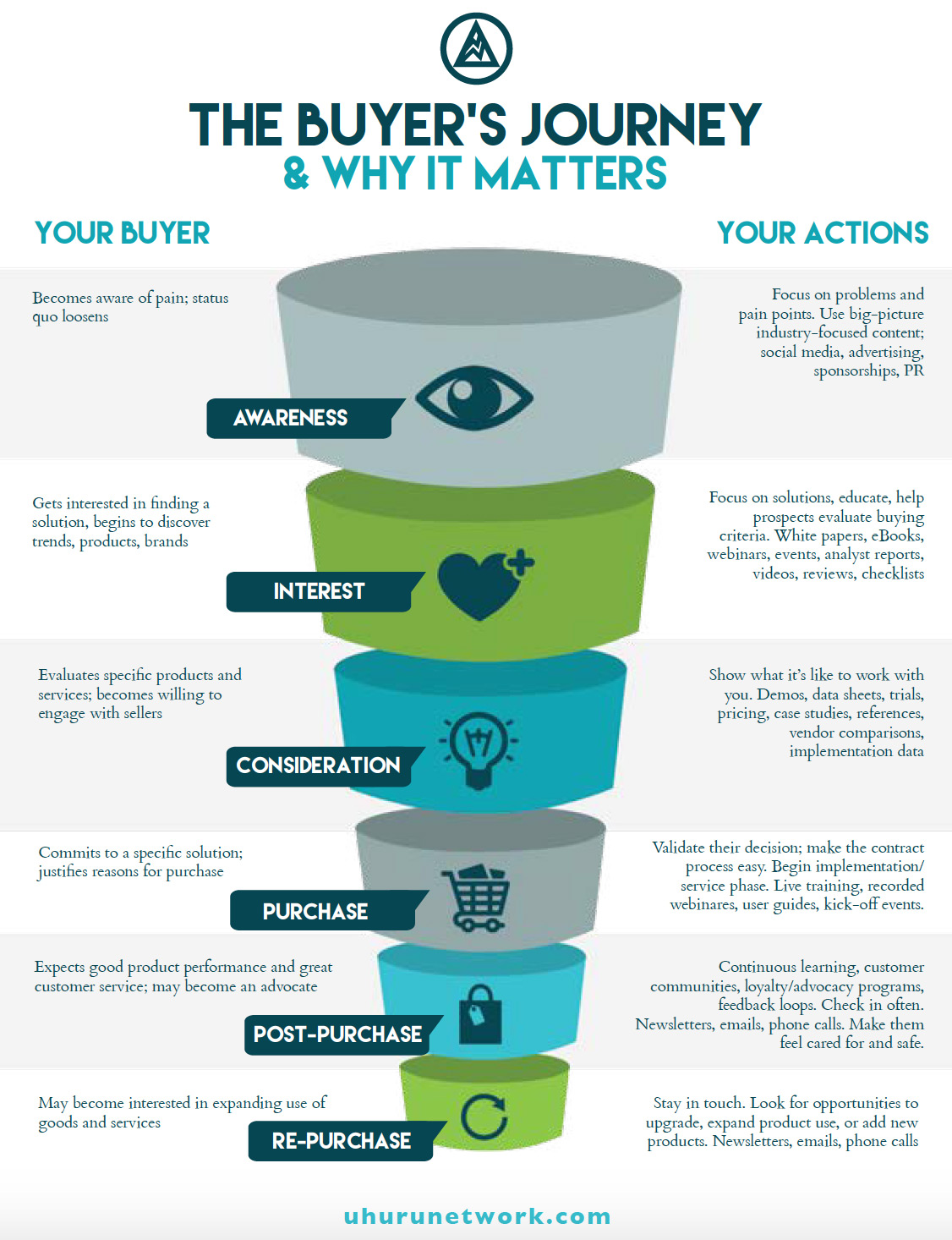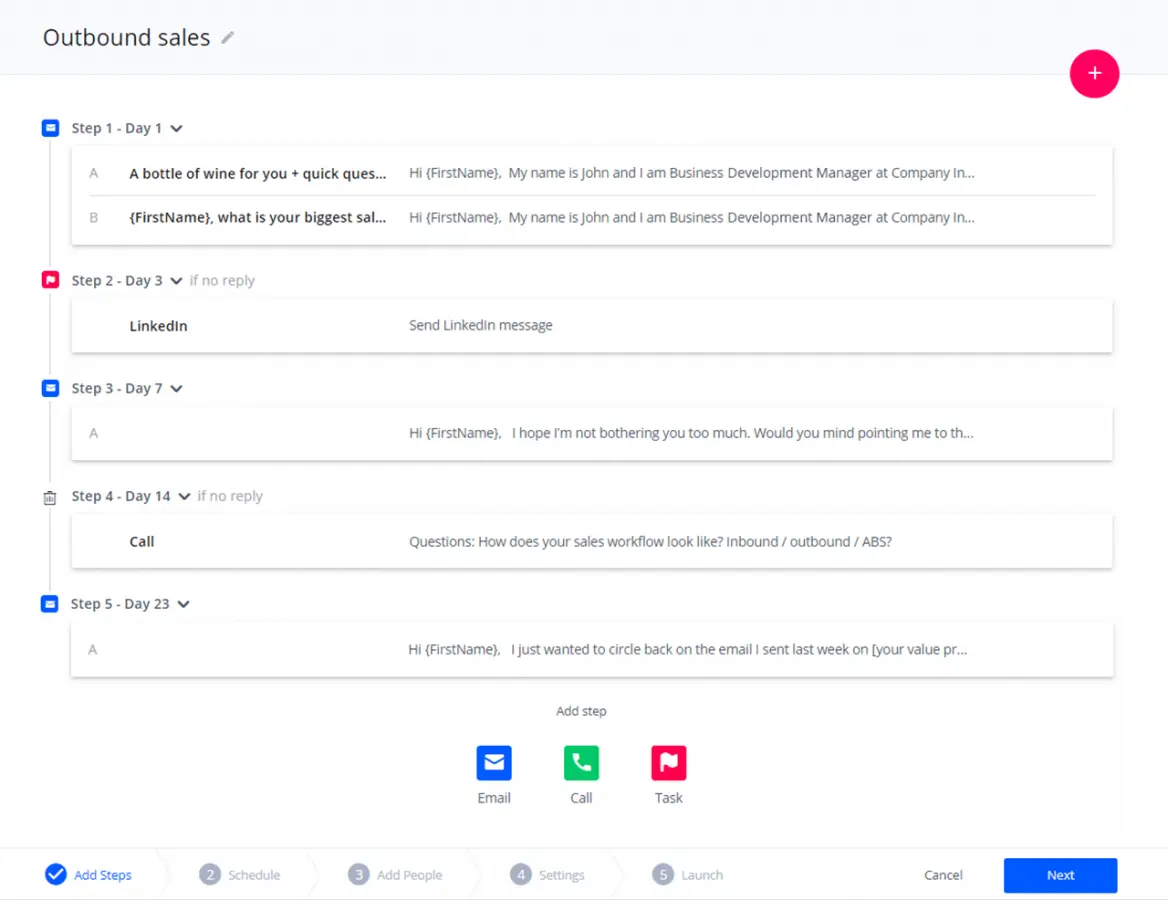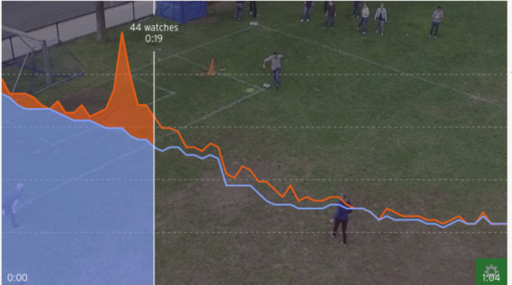Let’s face it, carving a niche for yourself online is becoming harder. New ecommerce websites are joining the millions that already exist every day.
Your first thought will be to market more just to be heard in such a competitive landscape. More visitors means more customers, after all. But online marketing isn’t exactly easy either.
In fact, poor marketing is one of the main reasons why ecommerce businesses fail. Not saying you should stop digital marketing altogether. Quality marketing is crucial to your success.
Instead of driving more and more prospects to your site, why not focus on converting as much of your existing traffic as possible?
The people who have engaged with your site have already expressed interest in your product after all. So, they have a higher probability of converting than a new visitor.
There’s an entire discipline called Conversion Rate Optimization (CRO) that helps you do just that!
But What is Conversion Rate Optimization?
Conversions are usually thought of as new visitors converting into paying customers. Even though a purchase is the desired end here, conversions can take many forms. It’s best to think of website conversion as a hierarchy of smaller conversion goals, all leading up to the purchase.
Think of it this way. A new prospect usually won’t suddenly decide to go for your product/service.
They are going to research competing offerings, ask questions, and compare prices before deciding.
This process is also known as the buyer’s journey where a prospect goes from becoming aware of your existence to becoming a paying customer.

Image Source
A conversion here is any step a prospect takes to go to the next phase in their buying process. Each of these steps can manifest itself in different ways for ecommerce websites.
For instance, a visitor moving from awareness to interest may mean signing up with the website’s newsletter.
Alternatively, an ecommerce business which relies solely on Facebook may consider an increase in their social media following as a sign of increased interest.
Similarly, the same person will have moved into the consideration stage if they requested a white paper on a particular product.
All of these scenarios will qualify as conversions as they help an ecommerce site achieve its goals.
Conversion Rate Optimization is the art and science of optimizing your web design and content marketing to help score as many potential customers as possible.
Good CRO practices help you measure what’s working, what’s not and where you need to focus on.
A good ecommerce conversion rate is 1% to 2%. Meaning even if you do everything right, the (probable) best you can hope for is 2% of your visitors converting into customers.
Let’s take a deep dive into three CRO tactics that have proven their time-worthiness and how you can adopt them.
Use Sales Automation
For all it’s benefits, CRO can easily overwhelm even a seasoned professional when done right. There are multiple touch-points and metrics you need to track.
There’s no telling what’s causing that bounce-rate until you test all possible web assets. Your landing page may need tweaks. The list of tasks goes on.
This is precisely why you should consider automating as many sales processes as possible.
Not only does sales automation help integrate sales and marketing, but it can also catalog, retrieve and analyze sales data on the fly.
There are a number of sales automation tools you can use for lead generation, email follow-ups, social media posting and call scheduling.
Image Source
Reply.io for example, can help sales-reps take care of inbound, outbound and account-based sales. The app has particularly powerful email sequencing ability and CRM integrations.
Use Videos to Engage Visitors
How many times have you caught yourself binging on Netflix when you should have been doing something productive? No shame in admitting, we’ve all done it.
Videos are just a powerful engagement tool. It’s almost too hard to not press a big play button when you see it on the screen. In fact, 50% of people watch a video before making a purchasing decision online.
Now, this doesn’t mean that you can put a video anywhere in your online store. It needs to be part of your marketing strategy. Here are a few ideas to try:
Video strategy #1: Use product videos in your landing pages
This is particularly useful for complex products such as SaaS apps which need detailed explanations.
It’s best to experiment with different types of call to action. You can either permanently display them or place them at strategic points in the video.
Using verbal instructions to help viewers take required actions can also increase conversions. Your presenter can either point out the steps, or, you can use a quick video walkthrough.
Video strategy #2: Keep your videos short and simple
The ideal length for a marketing video is two minutes or less. Any longer and there’s a good chance a viewer may hit the back button.
That being said, do experiment with different run-times to see what works best for you. Videos over two minutes in length do see a drop in engagement, but if someone sticks around for six minutes, they are likely to stay till the end.
Check out this one minute video. Viewers started out pretty engaged, even repeating at 0:19. But the engagement is pretty much downhill from the beginning.
Image Source
A one minute video usually has 150-170 words so two minutes gives you 300-340 words worth of content.
One great way to prepare a short and succinct video script is to write it on Twitter. You’ll find it relatively easy to come up with short, shareable content when you go into “Tweet-mode.”
Video strategy #3: Experiment with different types of video content
Explainer videos are the norm for landing page content, but don’t stop there. Testimonials, product demos and educational videos can work depending on your application.
While creating quality videos has become easier, professional video needs a different approach.
For instance, your messaging, tone, and voice should stay consistent throughout your video strategy. Don’t be funny in one video and morose in another.
You can enhance the user experience further by including animations and graphics wherever possible.
Always go for the highest production quality possible. The lighting and overall feel of your videos should be cinematic.
Storyboard creations can be used to portray your products in the context of relevant stories.
Create the Perfect Landing Pages
Landing page optimization is a part of CRO that focuses on enhancing each landing page element so as to drive more signups or sales.
Obviously, landing pages are central to your conversion goals since they are designed to drive actions. Fortunately, creating great landing pages is actually fairly simple. It’s not easy though.
Here are a few ideas to help you make better landing pages:
Write simple, straightforward headlines
You’ve probably heard that headlines are of make or break importance. After all, only 2 in 10 people even bother moving past them.
A headline must be short and succinct, but also punchy and entertaining. It must describe the content that follows, without overselling or being clickbaity.
That’s a tough set of rules to live up to. Here are some well established ways to create stellar headlines:
It’s best to write your headlines after you’ve written your landing page. This way, you will know exactly what the headline must say.
Questions make great headlines as the reader is coaxed to search for an answer in the landing page.
Feel free to reverse-engineer your competition’s headlines too if no other option is available. Just be sure to not be too apparent.
Use reviews and testimonials in your landing pages
No matter how convincing you may make your case, no one will believe you simply because you’re saying it.
Of course, you’re going to say your product is the best thing there is. You’re trying to make a living after all.
This is why customer reviews and testimonials are so important. They can increase conversions by a whopping 270% when done right and 97% of users even say they influenced their buying decision.
Now, any authentic review will do the job. But, you also have an opportunity to get really creative here!
Check out this customer testimonial on CubeFunder.com:
Image Source
It has a text quote as expected, but, on the right is a video testimonial of the client as well.
The video not only increases the review’s credibility, but it also adds a layer of emotional depth to it.
Having your customers tell their story shows prospects you really care for them. It’s also apparent that the videos are professionally done.
Experiment with lead-capture form lengths
It’s easy to be tempted to add many fields to collect as much information about a new visitor as possible. However, research has shown that the fewer fields your lead form has, the greater the likelihood a user will complete it.
The length of your lead form should depend on your conversion goals, target market and intended giveaway. The bigger the pay-off of completing the lead form, the more fields it can have.
If the objective of the landing page is to drive email subscriptions, then the form can be limited to first name and email address.
But, if the landing page leads to an exhaustive white paper or ebook, you may add company name, strength, physical address and position held as well.
Conclusion
Conversion rate optimization is an evolving field and there often is no correct answer to a problem. The ideas given above are the most tested however, so they make the ideal starting point for a conversion strategy.
Here’s a too-long-didn’t-read version of what we covered above:
- 1. Use sales automation to take care of repetitive processes. There are several automation tools available that can help you automate everything from email outreach to lead generation.
- 2. Videos are conversion magnets since they show, rather than tell.
- 3. Video lengths are 1-2 minute long.
- 4. Landing pages are also ideal places to use videos.
- 5. Keep your headlines short and simple. But do try and spruce them up.
- 6. Use testimonials and reviews in your landing pages. Video testimonials are even better.
- 7. Your lead capture form lengths are best tailored to the pay-off they are gating.
Are you aware of any conversion optimization techniques that have worked for you? If so, feel free to share them in the comments section below!
The post 3 Undefeated eCommerce Website Practices That Boost Conversions appeared first on Torque.





